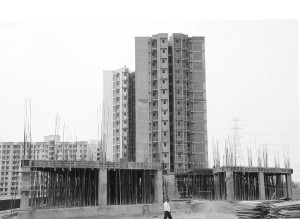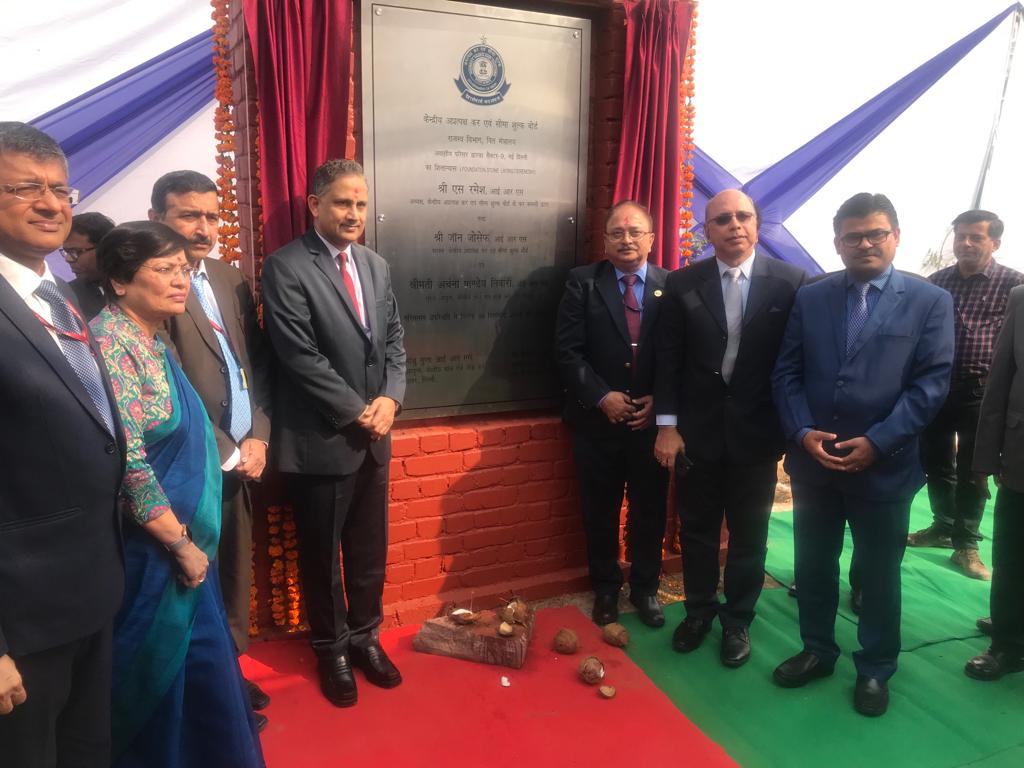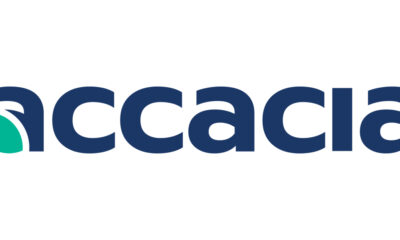News
New Building Bylaws for Delhi




In a bid to spare residents the harrowing experience in obtaining building plan approvals in Delhi, the Union Ministry of Urban Development has cleared “simplified, rationalised and updated” building bylaws in the national Capital. The Delhi Development Authority (DDA) has been directed to notify the amended bylaws at the earliest.
The Delhi Urban Arts Commission (DUAC) in association with DDA and municipal bodies had earlier completed the simplification exercise and submitted the draft bylaws to the ministry.
The Government said it had arrived at the revised building bylaws after extensive consultations with all the stakeholders involved. A workshop was held in October which was attended by over 100 engineers, architects, town-planners, urban experts and consumer and builder organisations. Besides, over 1,000 suggestions received from the public were examined by DUAC, DDA and municipal bodies before finalising the user-friendly bylaws, the Government claimed.
• The union Ministry of urban Development has cleared “Simplified, rationalised and updates” Buliding bylaws in in the national capital. The Delhi Development Authority (DDA) has been directed to notify the amended bylaws at earliest.
• The Delhi Urban Arts commission (DUAC) in association with DDA and municipal bodies has earlier completed the simplification exercise and submitted the draft bylaws to the ministry.
• The new bylaws will serve as comprehensive reference ready reckoner by integrating the building bylaws notified in 1983 and several changes that have been subsequently notified over the last 31 years.
• The more will enable the residents of Delhi and the professionals in obtaining sanctions for building plans in an easy and time barred manner.
• Among the prominent features of the simplifie bylaws in that small residential plots of size up to 100-sq mt have now been expempted from sanction procedures. For plots of 100-sq mt to 2,000 sq mt, specific time schedules have been stipulated for according approvals by various concerned agencies.
The new bylaws will serve as comprehensive reference ready reckoner by integrating the building bylaws notified in 1983 and several changes that have been
subsequently notified over the last 31 years. The Government is of the view that the move will enable the residents of Delhi and the professionals in obtaining sanctions for building plans in an easy and time-barred manner. Some new provisions have also been made to address emerging challenges like green construction and water conservation and management.
Among the prominent features of the simplified bylaws is that small residential plots of size up to 100- sq mt have now been exempted from sanction procedures. The proponents will only have to furnish the requisite information in a simplified one-page format to the concerned urban body and go ahead with the construction. The validity of this submission will be three years and if required, a fresh submission may be made thereafter. For plots of 1 00-sq mt to 2,000 sq mt, specific time schedules have been stipulated for according approvals by various concerned agencies.
In a major relief, the amended bylaws have proposed single-window clearance mechanism for plots of more than 2,000 sq mt sizes. Under this, applications received for sanctions will be scrutinised by a high powered committee comprising representatives of all the concerned agencies.
To do away with the vagueness in the existing provisions, competency norms have been clearly stipulated for various professionals like engineers, architects and town planners etc. Clarity has also been imparted in respect of approaching agencies like the Heritage Conservation Committee, Archeological Survey of India and National Monument Authority etc. for construction in the vicinity of heritage buildings and monuments.
Keeping in mind the increased emphasis on cleaner and healthier environment, green construction norms plot size-wise have been clearly stipulated in the revised bylaws.
Another key feature of the new provisions is that the setting up of grievances redressal committees in urban local bodies for time-barred resolution of disputes has been made mandatory. Time-frames have also been stipulated for issuing development control regulations to applicants and professionals.
Provision of washrooms in public buildings of more than 4,000 sq mtsize has been made mandatory with direct access to the public from the main street. Rainwater harvesting and waste water recycling has to be provisioned in fresh constructions as per the amended bylaws.
The new provisions also stipulate that differently abled persons have to be provided easy access besides meeting with their specific needs. Needs of children and senior citizens have to be met by providing for easy access, fittings and fixtures in toilets and altering the height of the hand rails in the buildings. Provisions for disaster mitigation, structural and fire safety codes have also been specified.
The revised bylaws have been precise enough on the aesthetic aspect as providing art elements like paintings, frescos and statues etc. has been made essential in all public buildings.
• The amended bylaws have proposed single-window clearance mechanism for plots of more than 2,000 sq mt sizes.
• Another key features of the new provisions is that the setting up of grievances redressal committees in urban local bodies for time-barred resolution of disputes has been made mandatory.
• Provision of washrooms in public buildings of more than 4,000 sq mt size has been made mandatory with direct access to the public from the main street.
• Differently-abled persons have to be provided easy access besides meeting with their specific needs.
• Needs of children and senior citizens have to be met by providing for easy access, fittings and fixtures in toilets and altering the height of the hand rails in the buildings.
-



 News3 weeks ago
News3 weeks agoKW Delhi 6 Mall Onboards New Brands
-



 News4 weeks ago
News4 weeks agoManasum Senior Living Launches IKIGAI GOA, A Senior Living Community in North Goa, in collaboration with Prescon Homes
-



 News2 weeks ago
News2 weeks agoGodrej Properties Sells Rs 3k cr+ Homes of Godrej Zenith, Gurugram, within 3 days
-



 News4 weeks ago
News4 weeks agoBridging India Divide: Top 5 Tier- 2 Cities to Focus On
-



 News3 weeks ago
News3 weeks agoCommercial Realty Gets Tech Savvy: Fast Construction, Enhanced Convenience
-



 News4 weeks ago
News4 weeks agoMultipoint Connection – A Definite Boon
-



 News3 weeks ago
News3 weeks agoRBI’s Status Quo on Key Policy Rates to Help Maintain the Real Estate Growth Momentum, Say Industry Stalwarts
-



 News1 week ago
News1 week agoOlive Announces Dhruv Kalro as Co-Founder






















